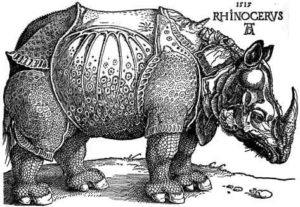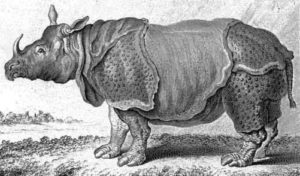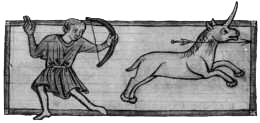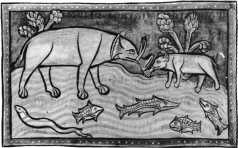 We have chosen a famous drawing by Albrecht Dürer (1471-1528) as icon of the Group of History and Theory of Science. Dürer’s rhinoceros is a landmark in scientific iconography. Up to the 15th century, drawings and paintings of animals and other natural objects had poor detail, no perspective and conveyed a weak idea of the original. Dürer and other artists of his time were able to transform completely the representation of nature.
We have chosen a famous drawing by Albrecht Dürer (1471-1528) as icon of the Group of History and Theory of Science. Dürer’s rhinoceros is a landmark in scientific iconography. Up to the 15th century, drawings and paintings of animals and other natural objects had poor detail, no perspective and conveyed a weak idea of the original. Dürer and other artists of his time were able to transform completely the representation of nature.
This drawing has a curious history. Dürer never saw a living rhinoceros. It was not common to find a rhinoceros in Europe at that time, but in 1515 the king Manuel I of Portugal brought from India an elephant and a rhinoceros. The new of those huge animals produced a strong impact. Both animals were sent from Lisbon to Rome, in a ship, as a gift to the pope Leo X, but the ship drowned, and the animal died. Dürer used a Portuguese draft as a basis for his own work. Notwithstanding all difficulties, he was able to produce a “real”, living, tridimensional figure.

The drawing is not a correct representation of the animal. Dürer draw the body of the animal as if it were covered by hard plaques (something like a shield). He also put in the back of the rhinoceros a small horn that does not exist. The saw on the hear back of the animal is also purely imaginary, the feet are different from Dürer’s drawing, and they have no scales. Although it is not a faithful image of the animal, the drawing is extraordinary, and it was reproduced in many natural history books as if it were a correct representation of the rhinoceros, up to the 19th century.
For comparison, we present here a more faithful image, published in Buffon’s Histoire naturelle, in the 18th century.


